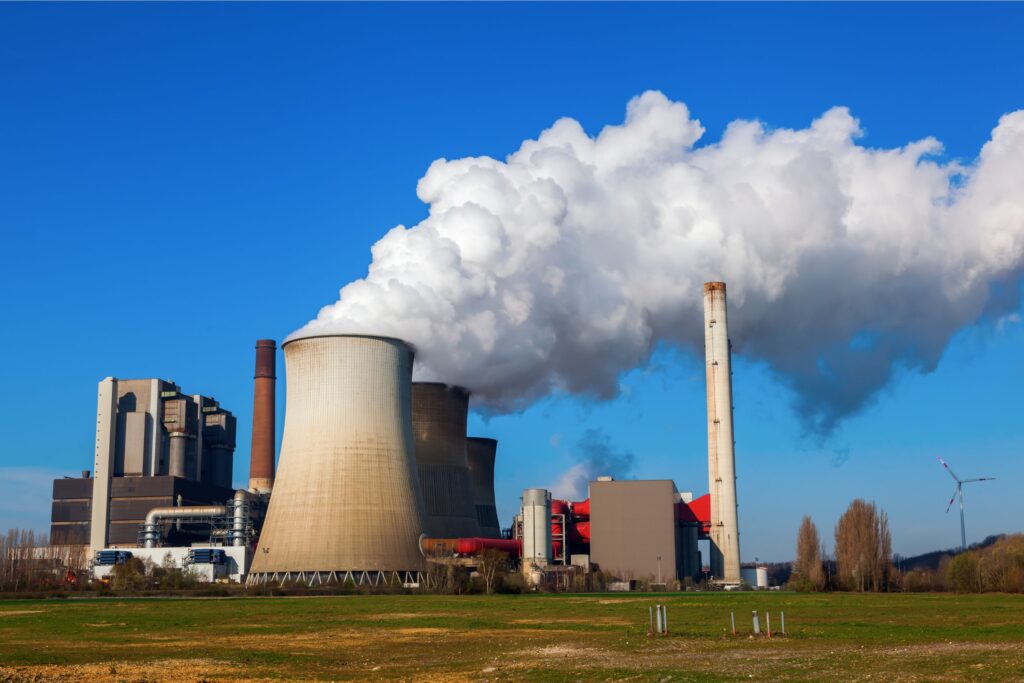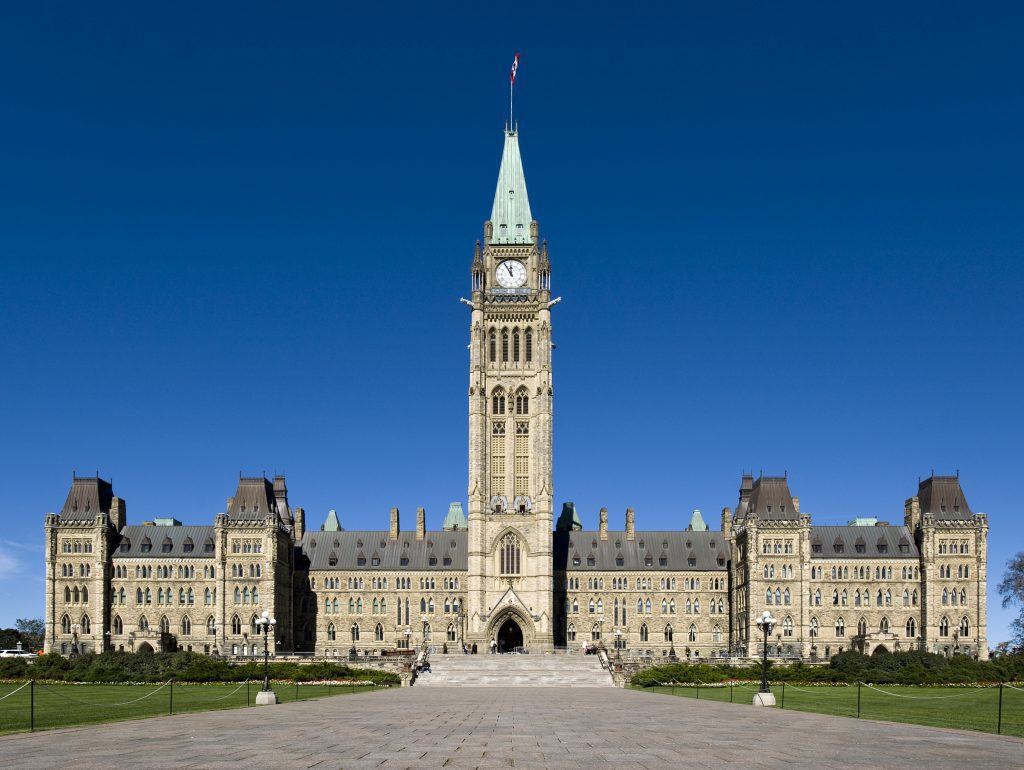Yesterday the National Energy Board (NEB) announced the launch of the official review of TransCanada’s proposed Energy East pipeline and tanker terminal project.

With a capacity of carrying 1.1 million barrels per day, the Energy East proposal would be the largest tar sands pipeline in North America. Stretching 4,600 km from Alberta to New Brunswick, the mega-pipeline would put nearly 3,000 lakes, rivers and streams at risk of oil spills and threaten the drinking water of nearly 5.6 million Canadians.
The review’s launch comes as widespread public opposition to the tar sands mega-pipeline continues to grow across Canada. If the revised review process is really about projects needing social license — as the federal government has indicated — the review must conclude with a no.
TransCanada likes to claim its project is about replacing imported oil, but don’t believe that slick spin. It’s not true. Up to 90 per cent of the oil Energy East would ship across Canada is intended for export. And the Irvings, the New Brunswick billionaires who own the refineries at the end of the pipeline, have said even if Energy East is built, they’ll still import oil from countries like Saudi Arabia.
In addition to threatening the drinking water of millions of Canadians, Energy East would lead to a massive increase in carbon pollution – which would blow through Alberta’s cap on tar sands emissions and put Canada’s Paris commitment to keep global warming well below 2 degree Celsius out of reach.
Public opposition to the Energy East pipeline is strong and growing across Canada. Municipalities, First Nations and the public understand the huge risks to our communities, drinking water and climate of this massive oil pipeline.
Earlier this year, the Montreal Metropolitan Community, representing 3.8 million residents, voiced opposition to Energy East. A petition in Quebec against the pipeline garnered over 90,000 signatures. A petition to save the Bay of Fundy from oil spills was signed by over 8,100 people. And a 2015 report by the Ontario Energy Board found that the economic and environmental risks to Ontario of Energy East outweigh its benefits.
Meanwhile, First Nations across the country have formally opposed the pipeline. Last week, the Kanesatake Mohawks in Quebec deemed TransCanada’s application incomplete because it fails to address environmental risks of crossing the Ottawa River. Just days before NEB the announcement, the Assembly of First Nations in Quebec and Labrador declared formal opposition to Energy East. And the Assembly of Manitoba Chiefs and Huron-Wendat treaty partners announced their rejection of the mega-pipeline.
The federal government has said Energy East needs Canadians’ consent if it is to be built. But with municipalities, First Nations, and hundreds of thousands of people across five provinces already opposed, that condition cannot be met.
And there will be plenty of opportunities coming up to highlight that opposition. The revised pipeline review process promises opportunities for everyone with an interest in this project to speak their minds. We’ll be sure to keep you informed of every opportunity there is for people to stand up and speak out against this risky proposal.
The revised process will include panel sessions along the pipeline’s proposed route in New Brunswick, Quebec, Ontario, Manitoba, Saskatchewan and Alberta where authorized intervening participants can question the merits of the project. The NEB will appoint three new Board members to gather public input along the pipeline route and hear oral traditional evidence from Indigenous peoples
Environmental Defence has applied to be formal interveners in the process, which means we’ll be there to ask TransCanada tough questions – like why do we need this pipeline when Canada, and nearly 200 other nations, agreed to get off fossil fuels by mid-century? Or why should Canadians say yes to a pipeline built by a company known for a poor safety record. (TransCanada’s Keystone pipeline spilled 12 times its first year of operation. And yet another Keystone spill this past April was not detected by the company’s leak detection system.)
The review process will also include Environment and Climate Change Canada conducting a draft assessment of upstream greenhouse gas emissions for Energy East. But the NEB has not released details of that assessment. If that assessment is the same as the one completed for the Kinder Morgan proposal, it is flawed. A credible assessment needs to be one where global demand for oil is consistent with the global commitment to limit warming to less than 2 degrees Celsius. And we don’t know how this assessment will be used in determining whether the project should go forward or not.
A meaningful “climate test” must ensure that the oil being produced for the pipeline will not result in emissions that exceed the Alberta emissions cap or make it impossible for Canada to meet its commitment to keep global temperatures from increasing more than 2 degrees Celsius.
The review of Energy East will take 21 months, and then cabinet will have another 6 months to make a decision about whether to approve of the project, putting the final decision in March 2018.
If the review is credible and the federal government listens to municipalities, First Nations and Canadians across the country, the review must result in a no.
And as the case of the Northern Gateway project has shown, even if the federal government gives the project a pass, we can still stop it.
Stay tuned for further details on the review. We’ll let you know how, when and where you can help stop Energy East.
Take action. Tell our elected federal officials to reject the risky Energy East pipeline.







